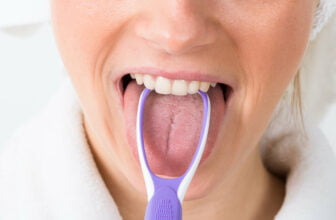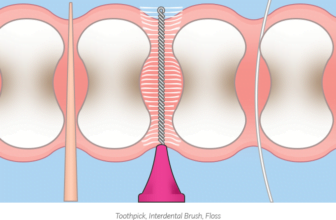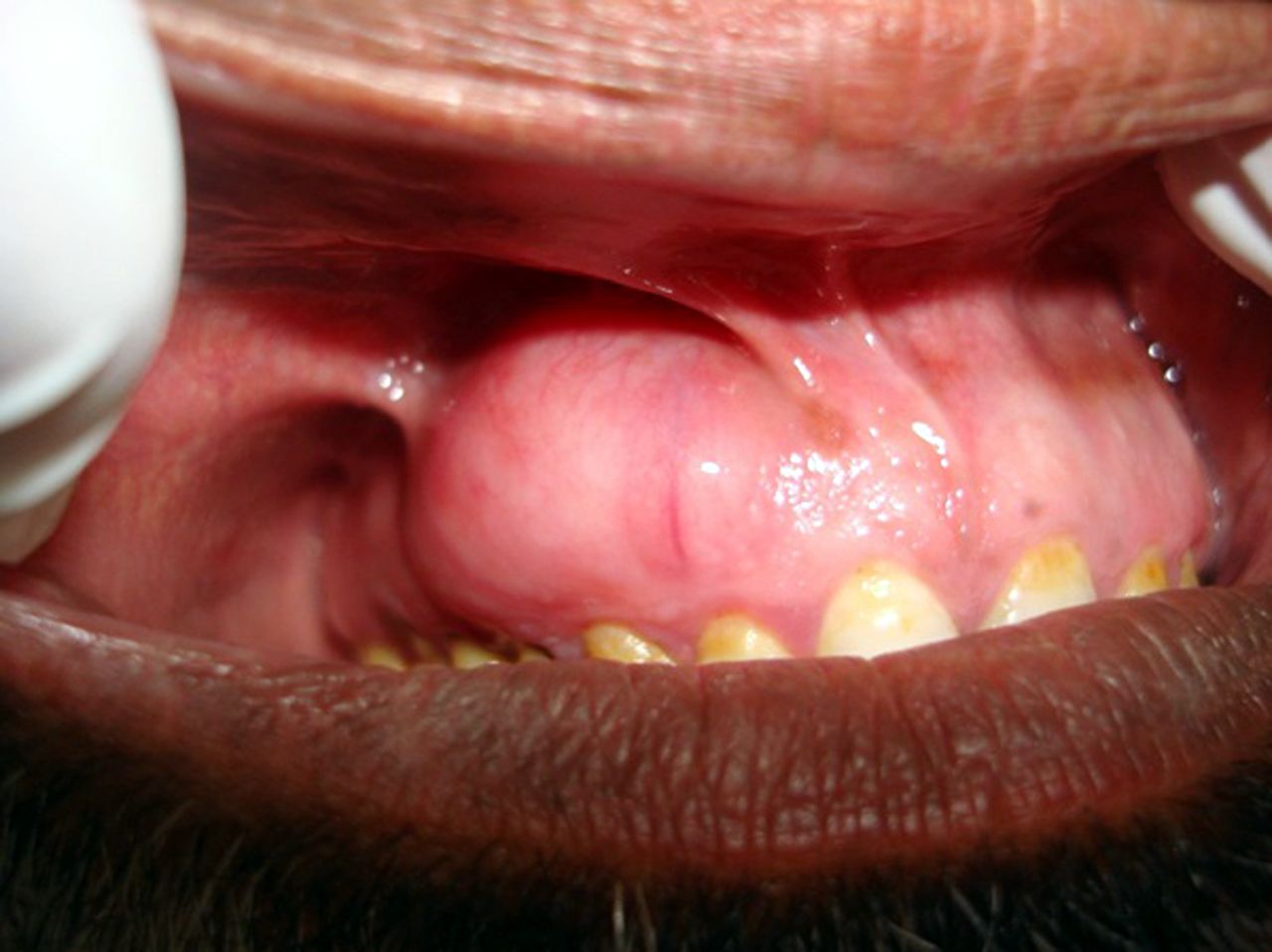What is Breast Cancer? Its Risk Factors, Signs, Diagnosis and Treatment
Risk Factors

There are two types of risk factors for breast cancer. These are
- Non- modifiable risk factors
- Modifiable risk factors
Non-modifiable Risk Factors
These can’t be changed by lifestyle at all. These include
- Gender– Women have more risk than men.
- Age– Old age especially after menopause is a risk factor.
- Genetic Predisposition– Most important gene associated with breast.
- Family History– One primary relative ( daughter, sister, or mother ) having breast cancer increases the risk by double fold and second primary relative having breast cancer increases the risk by the triple fold.
- Dense breast tissues.
- Exposure to radiations.
Modifiable Risk Factors
These cannot be changed by lifestyle modifications. These are
- Diet- A diet that contains alcohol and fatty foods leading to obesity.
- No exercise or physical activity– American Society of Cancer (ACS), recommends 150 minutes of moderate intensity work or 75 minutes of vigorous intensity work/ activity each week.
- Pregnancy-related– Either too early/ teenage pregnancy or too late/old age pregnancy is a risk a factor for breast cancer.
- No breastfeeding– It is also itself a risk factor for breast cancer.
- Birth control pills, implants, vaginal rings.
- Heavy smokers– Recently it has been discovered that heavy smoking over a long period of time is a risk factor of cancer.
Myths regarding Breast Cancer

- Using Antiperspirants may cause breast cancer– It was earlier believed that chemicals of these deodorants enter through the skin and block the lymphatics of the breast.
- Wearing bra/ Brasserie may cause breast cancer– It was believed that bras could block lymphatics to breast tissue leading to cancer.
- Abortion cause cancer– Neither induced nor spontaneous abortion can cause breast cancer.
Signs/ Symptoms

- Breast Lump– It is a feature of breast cancer but it is not very specific as it is seen in many other conditions of the breast, namely, fibroadenoma, fibroadenosis, papilloma, duct ectasia, etcetera.
- Nipple discharge– It is bloody in nature, although, the most common cause of bloody discharge is duct papilloma. NOTE– Most common nipple discharge is mild during lactation.
- Irregular increase in size.
- Pain in the breast.
- Dimpling of the breast.
- Orange peel– Orange peel-like appearance of skin over the breast.
Diagnosis
Breast self-examination (BSE)–

It is being the earliest method. It is done by females themselves at time of bathing or lying down. If female found any irregular swelling or lump or pain, they should consult the doctor as early as possible. Breast cancer is something which if diagnosed early is treated better and results in good and positive outcomes.
Mammography-

It is done after 35 years of age and it is a tool for screening of breast cancer. It can not be used for young breast because of their density.
Other tests to diagnose breast cancer are
- USG/ Sonography– It is done for the young and dense breast.
- PET Scan– It is done in cases of recurrence.
- MRI– It is done in case of implants.
Preventive Measures

- Healthy food with less fat.
- Increased physical activity.
- Avoid alcohol and smoking.
- Exclusive breastfeeding for at least 6 months.
- No unnecessary intake of hormonal pills.
- To conceive at an appropriate age.
- Drugs– There are few drugs which are reported to decrease the overall risk of breast cancer. These are
Tamoxifen
Anastrozole
Raloxifene - This method is not very common in practice till now. These drugs come with some side-effects too that can not be ignored. Most important are related to thrombosis. These drugs are safer only in women, who have good through their menopause. According to ACS, the risk has reduced by about 40% for both invasive and non-invasive cancers by using these drugs.
Treatment

There are three approaches to treat breast cancer.
Surgery
- Total mastectomy– Whole breast tissue is removed in the surgery. Major problem is that the physical appearance is compromised in this method.
- Breast Conservative Surgery– This is a new modality in which only the cancerous part of the breast is removed. It has a cosmetic advantage over total mastectomy.
Chemotherapy
Chemotherapy is given in the following two forms
- Neoadjuvant– 3 Cycle of Drugs > Surgery > 3 Cycles of Drugs
- Adjuvant– Surgery > 6 Cycles of Drugs
Radiotherapy
It is done to kill mutated cells. It has external beam radiotherapy and internal breast cancer radiation.
Breast Reconstruction– It is done to improve the physical appearance of a woman. There are two methods:
- Silicone/ Saline Implant
- Body tissue or muscle flap
Radiotherapy has some side effects-
- Skin irritation like sunburn.
- Heaviness in the breast.
- Physical appearance changes.
- The patient feels lethargic.
To avoid these complications, the patient should avoid tight-fitting clothes and require gentle care of the skin.
Avoid any unprescribed medication and lotion.






Amazing.👍
Thank You
Awesome👌